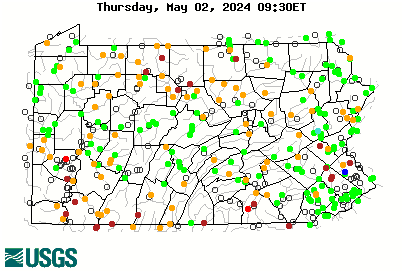ChuckofWagon
Active member
https://triblive.com/local/regional...e-drinking-level-found-in-laurel-ridge-creek/
Apparently the source of the very high lead levels has been determined, but not publicly disclosed. Blue Hole feeds into Laurel Hill Creek and ultimately into the Yough.
Apparently the source of the very high lead levels has been determined, but not publicly disclosed. Blue Hole feeds into Laurel Hill Creek and ultimately into the Yough.








